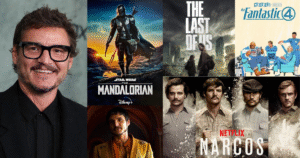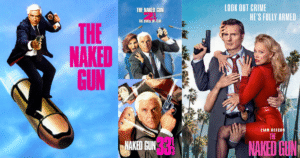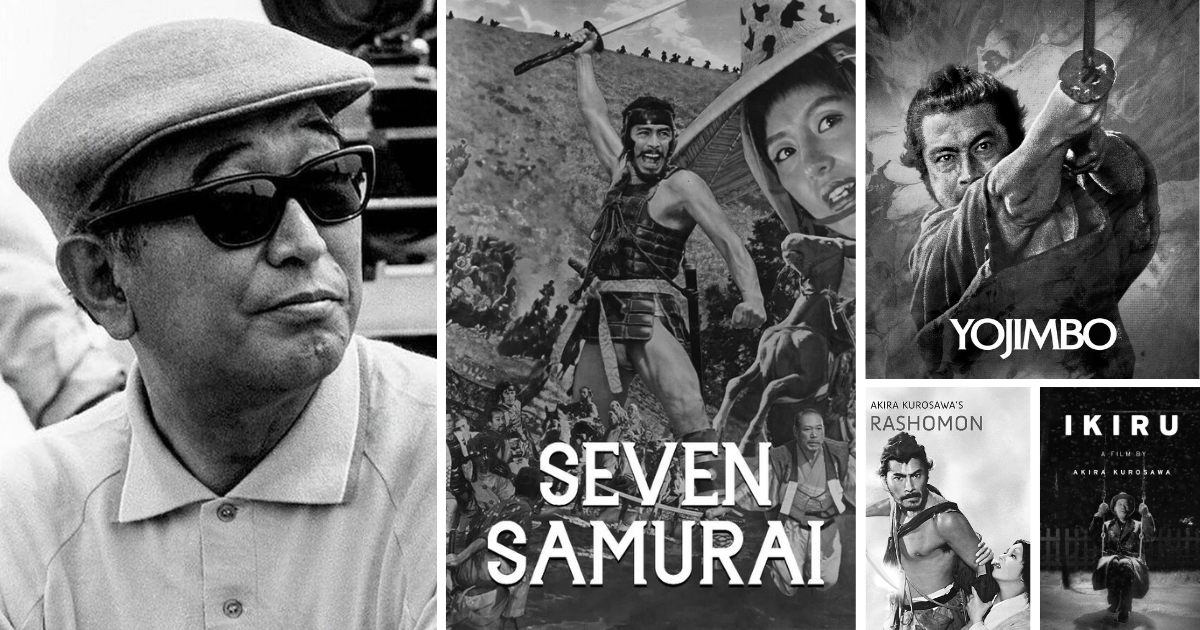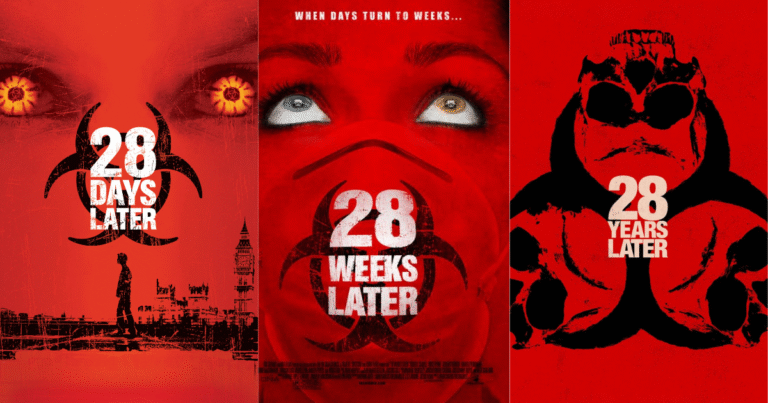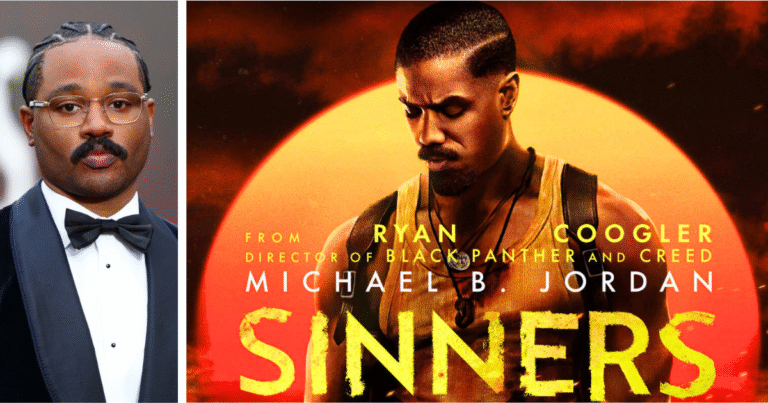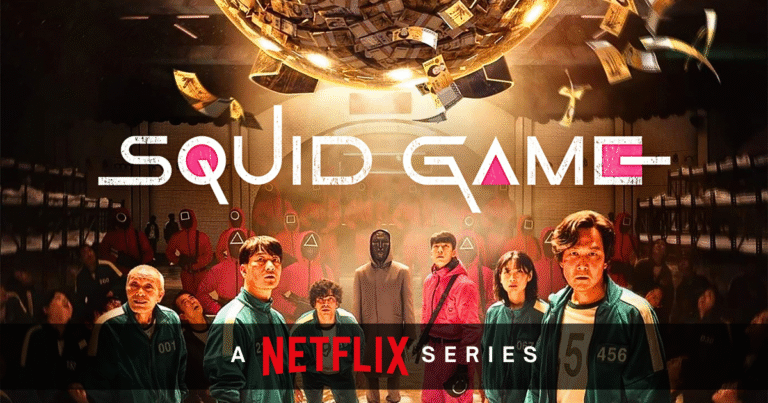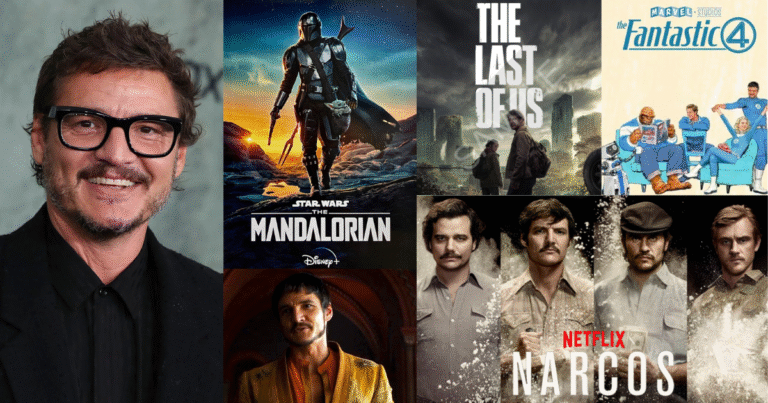Few filmmakers have had a lasting impact on world cinema the way Akira Kurosawa has. If you’ve ever watched a sweeping samurai epic or a tightly constructed thriller, chances are it owes something to this legendary Japanese director. Kurosawa didn’t just make movies, he reinvented the language of film itself.
In this blog post, we explore Akira Kurosawa’s career, his most iconic films, his influence on global cinema, and why his work still matters in today’s world of streaming platforms and short attention spans.
A Samurai of the Silver Screen
Akira Kurosawa began his directorial journey in the early 1940s, but it was Rashomon (1950) that catapulted him to international fame. The film, with its now-famous structure of telling one story from multiple perspectives, won the Golden Lion at the Venice Film Festival and introduced the West to Japanese cinema in a big way.
This wasn’t just a win for Kurosawa, it changed how stories could be told on screen. Directors like Quentin Tarantino, Ridley Scott, and Christopher Nolan have all cited Rashomon as a major influence.
Kurosawa’s Signature Style
Kurosawa’s films are often instantly recognizable. He had a distinct visual and narrative style that mixed Japanese traditions with Western storytelling methods. He used weather not just for realism but to reflect emotion, think of the torrential rain in Rashomon or the swirling snow in Ikiru.
He was also a master of movement. Whether it was a group of riders thundering across a battlefield in Ran or a single man shuffling down a hallway in Ikiru, Kurosawa’s camera never sat still without purpose.
His editing style, known as the “axial cut,” was revolutionary. He would zoom in on an actor or object not with a literal zoom but by cutting from wide to medium to close-up in a sequence, giving the audience a sense of focus and rhythm.
The Man Behind the Lens
Kurosawa was a perfectionist. He sketched storyboards himself, often as full paintings, before filming. He was deeply involved in every step of production, from costume design to sound mixing.
He also had a keen sense for casting. His collaborations with actor Toshiro Mifune are legendary. Mifune, with his explosive energy and charisma, became the face of many of Kurosawa’s best-known films, including Yojimbo, Seven Samurai, and Throne of Blood.
Iconic Films That Changed the Game
Here’s a quick look at some of Kurosawa’s most influential films and why they still matter:
1. Rashomon (1950): A deep dive into truth, memory, and perception. This film’s narrative structure has been copied endlessly.
2. Seven Samurai (1954): The ultimate action-drama. Its plot, villagers hiring warriors to defend them, has been remade in everything from The Magnificent Seven to A Bug’s Life.
3. Ikiru (1952): A quiet, moving meditation on mortality and meaning. Proof that Kurosawa didn’t need swords to cut deep.
4. Yojimbo (1961): A lone samurai plays two gangs against each other. This inspired Sergio Leone’s A Fistful of Dollars and the whole spaghetti Western genre.
5. Ran (1985): Kurosawa’s grand retelling of Shakespeare’s King Lear, set in feudal Japan, is a visual and emotional epic.
Kurosawa’s Influence on Hollywood and Beyond
It’s no exaggeration to say that modern cinema would look very different without Kurosawa. George Lucas openly credits The Hidden Fortress as a key influence on Star Wars. Martin Scorsese has called Kurosawa one of the greatest filmmakers who ever lived. Even Steven Spielberg, who co-founded the Kurosawa Foundation, regards him as “the visual Shakespeare of our time.”
Zack Snyder’s Rebel Moon on Netflix is a recent example of Akira Kurosawa’s lasting influence on modern cinema. Snyder has openly acknowledged that Rebel Moon was inspired by Kurosawa’s storytelling style, particularly Seven Samurai. Though set in a sci-fi universe, the core plot, outsiders banding together to protect a peaceful community, echoes Kurosawa’s timeless themes of honor, sacrifice, and resistance. It’s a clear nod to how the Japanese master’s legacy continues to shape big-budget filmmaking even in the galaxy far, far away.
His approach to storytelling, character development, and visual language inspired not just filmmakers but editors, composers, and cinematographers around the world.
Why Kurosawa Still Matters
In an era of fast cuts and content overload, Kurosawa’s films remind us that great storytelling takes time. He was never afraid to let a scene breathe, to linger on a face, or to sit in silence. His themes, honor, integrity, justice, mortality, remain universally relevant.
You don’t have to be a cinephile to appreciate his work. Whether you’re watching Seven Samurai on a big screen or Ikiru on your phone, his films continue to resonate.
And for aspiring filmmakers, Kurosawa is a masterclass. Every frame teaches something—about character, pacing, or emotion.
Where to Start Watching Akira Kurosawa Films
If you’re new to Kurosawa, start with these:
- Rashomon for narrative brilliance
- Seven Samurai for epic storytelling
- Yojimbo for action and wit
- Ikiru for emotional depth
- Ran for visual grandeur
These aren’t just “great old films.” They’re timeless. And more importantly, they’re deeply human.
Closing Thoughts
Akira Kurosawa’s contribution to cinema goes far beyond Japan. He broke barriers, built bridges between East and West, and reshaped the grammar of film. Whether you’re a fan of samurai stories or modern thrillers, you owe something to his legacy.
So next time you queue up a movie night, try a Kurosawa film. You won’t just be entertained, you’ll be inspired.


